What's in the NUMBER?
 Have you ever wondered about the triangular symbol on the bottom of plastic containers and what it signifies? They're called
resin identification codes and they indicate the type of plastic that an item is made from. These numbers are
intended to help you sort out the various plastic products and packages for recycling purposes. How do you make sense of it all?
Let's examine the information to see the difference to help you understand what's in the number.
Have you ever wondered about the triangular symbol on the bottom of plastic containers and what it signifies? They're called
resin identification codes and they indicate the type of plastic that an item is made from. These numbers are
intended to help you sort out the various plastic products and packages for recycling purposes. How do you make sense of it all?
Let's examine the information to see the difference to help you understand what's in the number.


PET (polyethylene terephthalate)
Typically used to make bottles for soft drinks, water, juice, mouthwash, sports drinks, and containers for condiments like ketchup, salad dressing, jelly and jam. PET labeled plastics are considered safe plastics
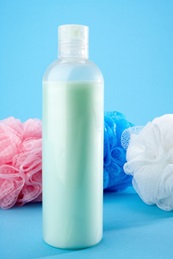

HDPE (high density polyethylene)
HDPE is considered a low-hazard plastic and is often used for milk, water and juice bottles, as well as bottles for cleaning supplies and shampoo. It's also used to make grocery bags and cereal box liners. HDPE (like most plastics) has been found to release estrogenic chemicals.
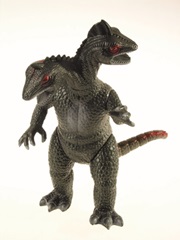

PVC or V (vinyl)
PVC plastic can be rigid or flexible, and is commonly found in bags for bedding, shrink wrap, deli and meat wrap, plastic toys, table cloths and blister packs used to store medications. PVC contains toxic chemicals including DEHP, a plastics softener.
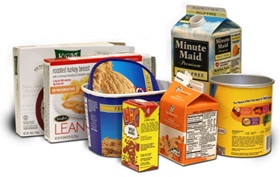

LDPE (low density polyethylene)
LDPE items are not recyclable and is considered a low hazard. LDPE plastics are used in bags for bread, newspapers, fresh produce, household garbage and frozen foods, as well as in paper milk cartons and hot and cold beverage cups.
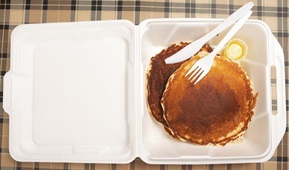

PP (polypropylene)
These items can be recycled through SOME curbsides. PP plastic is used to make containers for yogurt, deli foods, medications and takeout meals. Polypropylene is said to have a high heat tolerance making it unlikely to release chemicals.
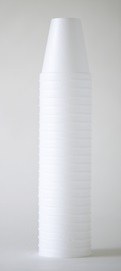

PS (polystyrene)
Polystyrene, also known as Styrofoam, is used to make cups, plates, bowls, take-out containers, meat trays and more. Polystyrene is known to release styrene, which can damage your nervous system and is linked to cancer, into your food. Temperature has been found to play a role in how much styrene leaks from polystyrene containers, which means using them for hot foods and beverages (such as hot coffee) may be the worst of all.
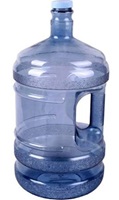

OTHER (miscellaneous)
These plastics can be found in five-gallon water bottles, sunglasses, DVDs, iPod, computer cases and some food containers.
- The safer plastics include #1, #2, #4 and #5
- The most toxic plastics are #7, #3 and #6
The more you recycle the more you protect our natural resources.
Check with your local recycling center for a list of acceptable items!
